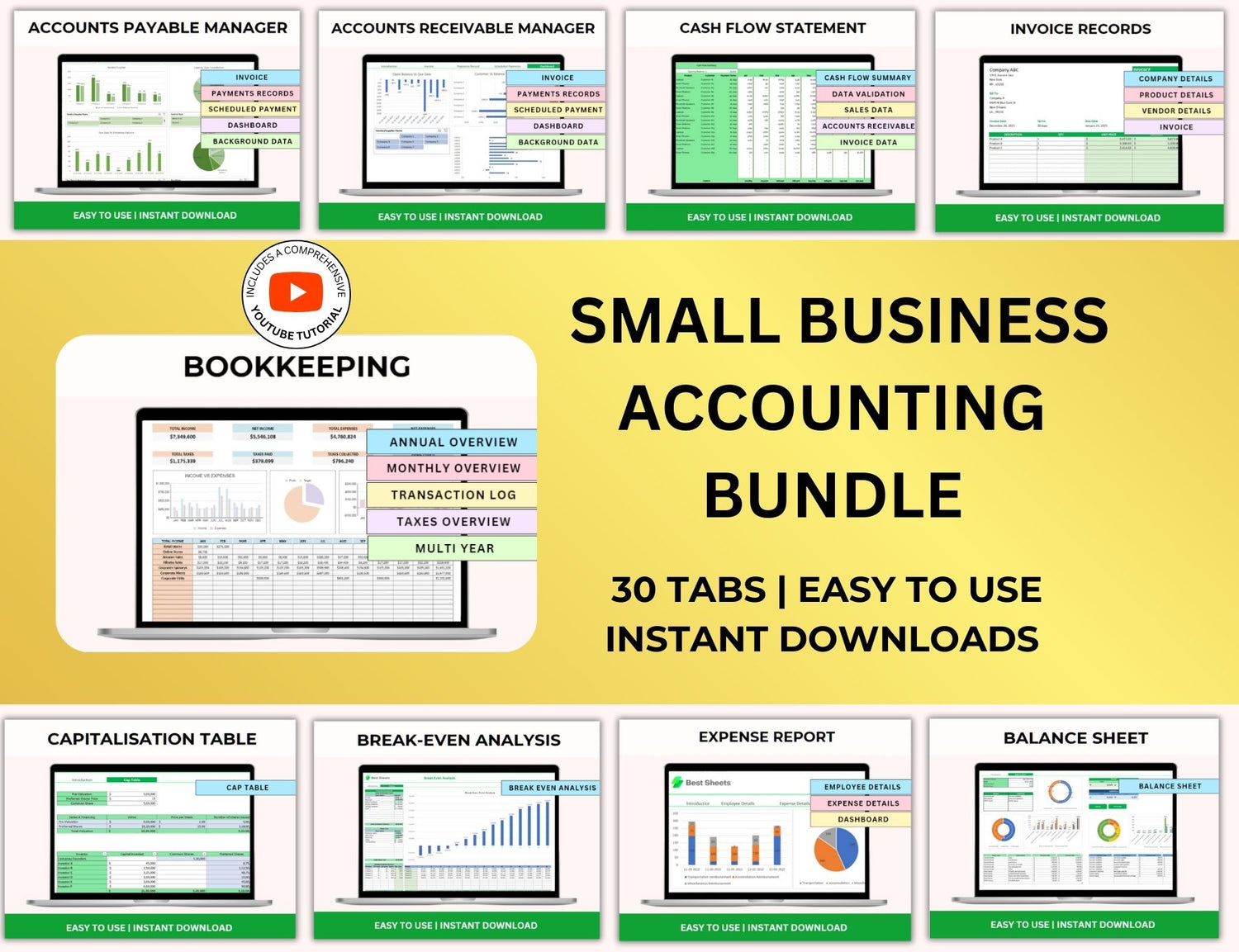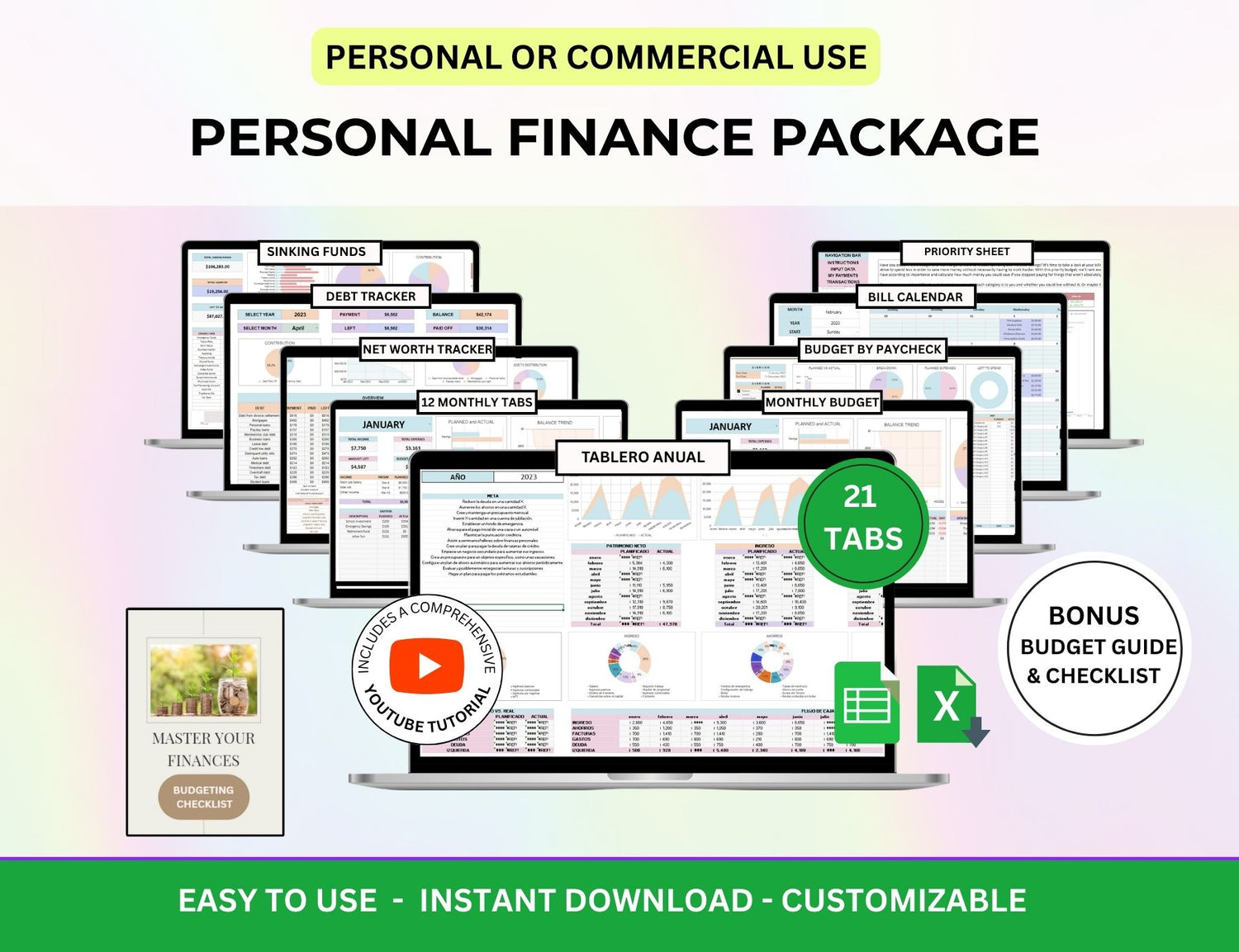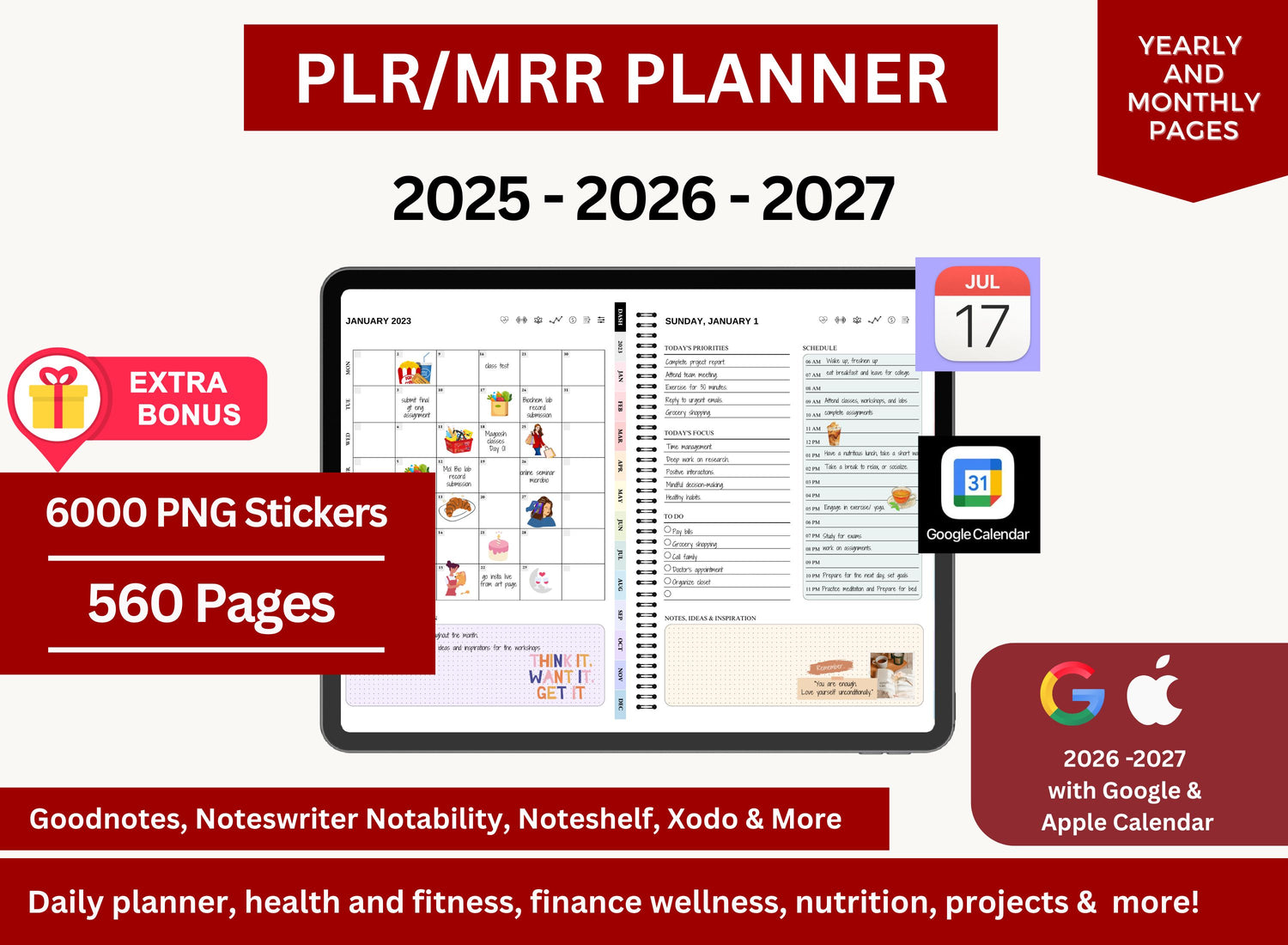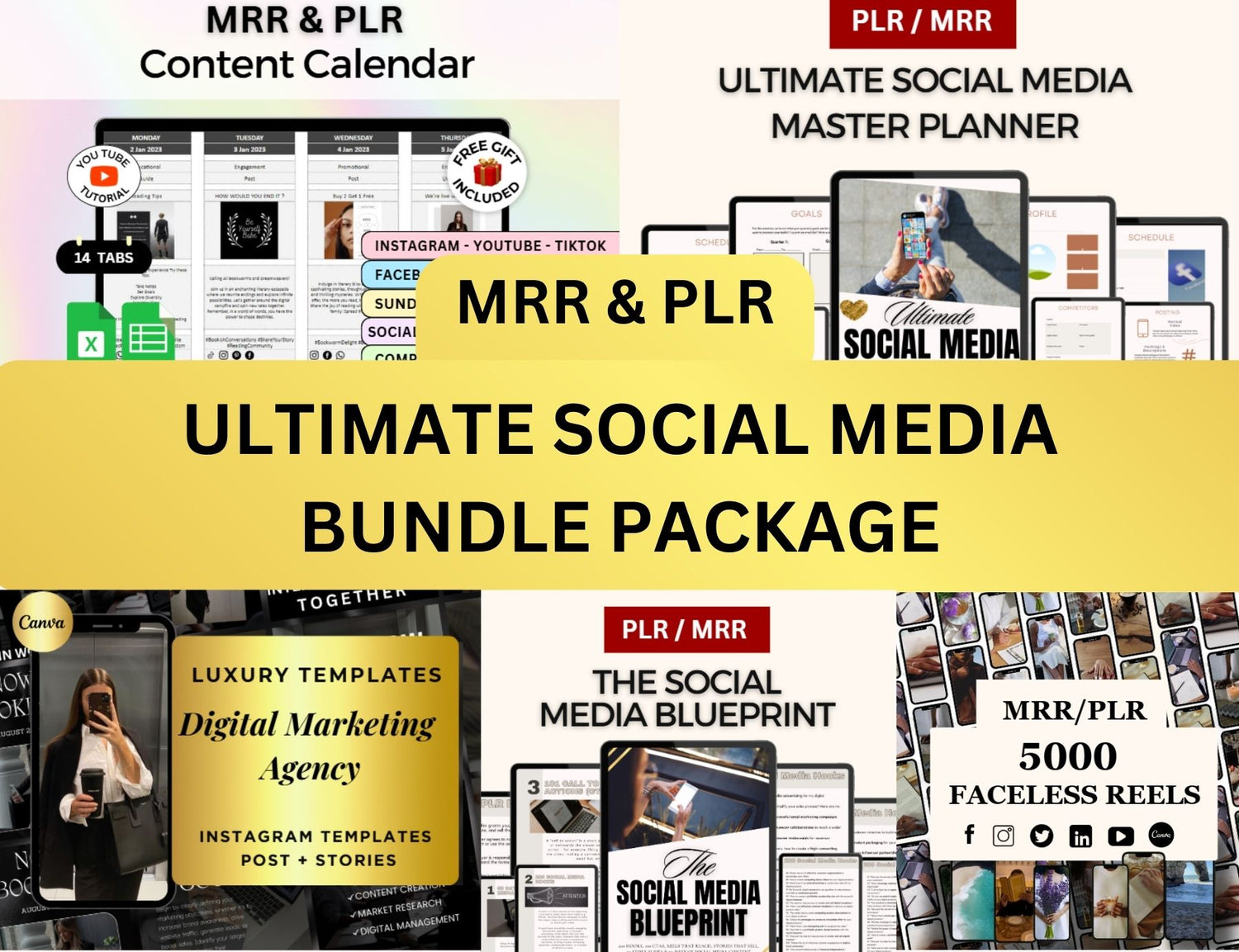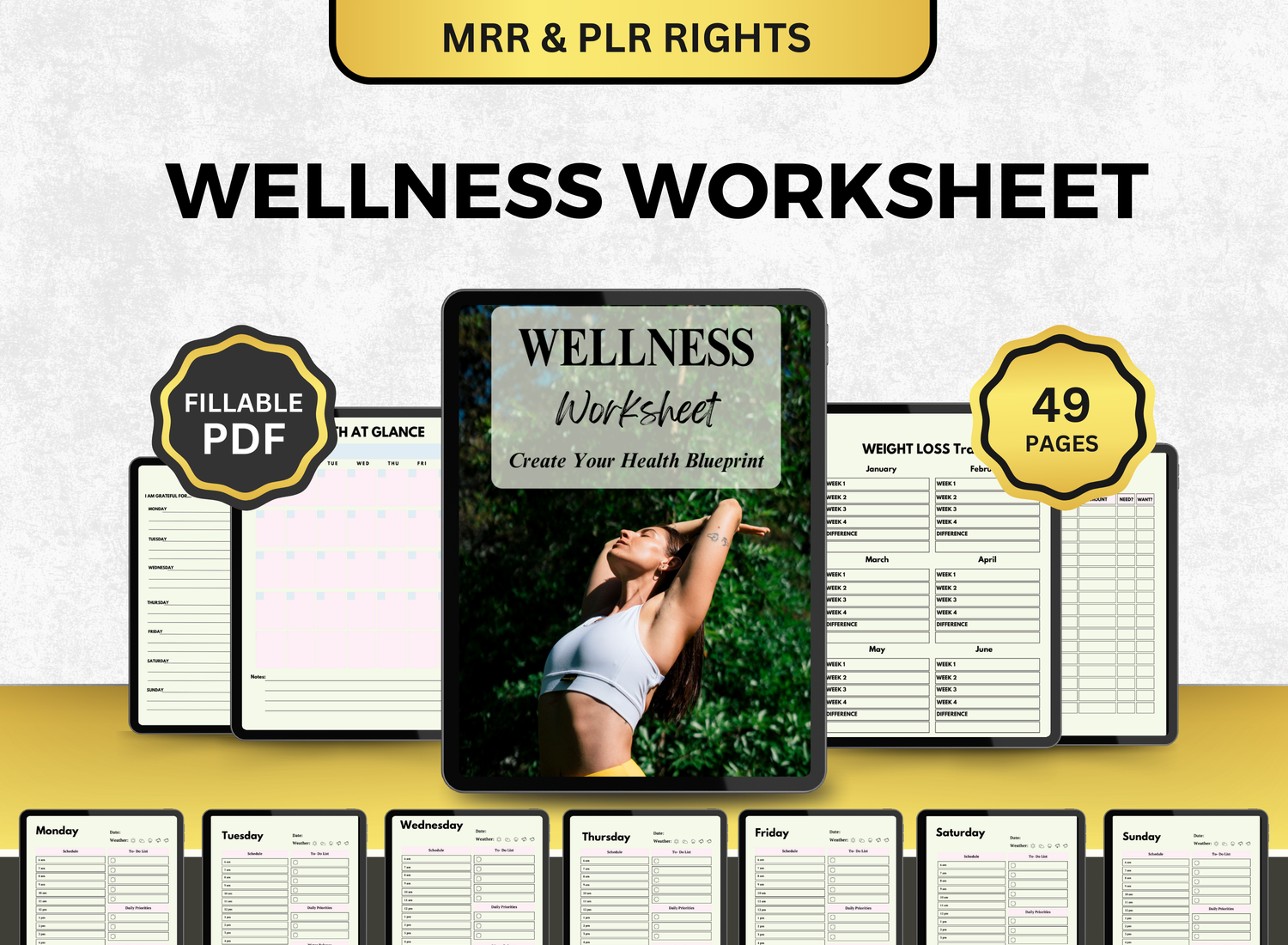Project Charter Project Management Template Excel
A project charter template is an important tool in project management as it is used to describe the basic details of a project. It acts as a framework plan that outlines objectives, parameters, deliverables/tasks, and the stakeholders/sponsors of the project—creating a central document where members of the team can look towards for any clarifications and questions, and acts as a space to align their ideas in.

Including particular templates for various platforms like Word, Excel, and Google Sheets, this article examines the components of a project charter template with other project management templates, its advantages, and its use in project management. Frequently asked topics about project charters and project management tools will also be covered.

📝Contents of a Project Charter Template📝
The following essential components are typically found in a team charter template, which help to direct project commencement and guarantee agreement amongst all stakeholders involved:
1. Project Title and Overview
The “Project Title and Overview” pertains to the clear and concise title given to this project and is then followed by an overview—acting as a description of the event with summarised background information, project objectives, and the anticipated impact of the project. This first section gives the reader an idea of what the project is without having to scan the whole document.
2. Project Objectives
The “Project Objectives” of the spreadsheet contains the list of the project’s SMART (specific, measurable, achievable, relevant and time-bound) objectives. This section gives the team an idea of the direction that the project is heading, which they can then use to come up with ideas/steps to arrive at the intended outcome of the project.
3. Project Scope
“Project Scope” is the section of the template that covers what will and won’t be included in the project. It aids in managing the expectations of the project’s sponsors—indicating what they won’t and will see. It also guides the tasks of the team—using the scope you can establish deliverables and boundaries of the team, ensuring that no one goes beyond or pushes the limits of the project.
4. Project Deliverables
All of the major outputs or deliverables that the project is anticipated to create are listed in this section. To ascertain whether a project has been effectively finished, each deliverable needs to be quantifiable and connected to certain project goals.
5. Project Timeline
The “Project Timeline” part of the trackers establishes an in-depth calendar of the whole project—covering major project phases and their assigned deadlines. This section highlights project milestones that the team needs to achieve—it also acts as a guide in planning deadlines to ensure that they are reasonably and timely placed.
6. Budget and Resources
A draft budget and resource allocation are described in this section. Personnel, equipment, and other required resources should all have their projected costs included in the budget. Planning the project's resources guarantees that it has all it needs to be finished effectively.
7. Key Stakeholders
“Key Stakeholders” is the section of the tracker that details the project’s people of interest (i.e., sponsors, clients, team members, etc..). This is a critical core to the document as it pertains to the people who must be communicated to during decision-making sessions—it holds the important people who not only can sway decisions but also must be informed when there is a sudden change in plans.
8. Roles and Responsibilities
The tasks and responsibilities of every team member and project stakeholder are outlined in this section. It helps avoid misunderstandings or job overlap and guarantees that it is clear who is in charge of what.
9. Risk Management
A project charter spreadsheet with other project management templates also includes risk assessment and identification. Potential dangers are described in this section along with their likelihood and possible effects on the project. It also covers risk mitigation techniques to deal with hazards before they become serious problems.
10. Approval and Authorization
A section for project approval and authorization comes at the end of a project charter template. In order to formally sanction the project and let the team to move forward with its execution, this section usually has slots for the signatures of important stakeholders, such as senior management or project sponsors.

📓Project Charter Examples📓
☆ Project Charter Template Excel ☆
For monitoring and organizing project information in a spreadsheet format, an Excel project charter template is a great tool. Project managers may quickly update data, carry out computations (such as budgets or schedules), and distribute the document to the team for cooperation.
☆ Project Charter PowerPoint Template ☆
Using MS Powerpoint in creating a project charter template can be incredibly useful as it can directly act as a stakeholder presentation after a few tweaks. It is also accessible in terms of having the ability to edit and modify the document to update the tracker.
☆ Sample Project Charter and PDF Templates ☆
Project managers can learn how to draft and organize a project charter by using sample project charter templates and project charter sample PDFs, which offer samples that they can modify to suit their own requirements.
👉 Click here to get Project Charter Templates with other Project Management Templates at limited time DISCOUNTED PRICES
✂️Integrating Project Charter with Project Management Tools✂️
To monitor progress, manage resources, and keep the project on course, project charters are frequently connected to a variety of project management systems. Project managers may effortlessly track the project's progress from start to finish by incorporating a project management dashboard template or tracker.
Task organization, resource allocation, and deadline tracking are further uses for project management templates, such as the Excel project management template or project task management Excel template.
🎈Benefits of Using a Project Charter Tracker🎈
★ Clarity and Alignment ★
Through the different sections of the project charter template, the details about the project are written concisely—lessening opportunities for misinterpretations and misunderstandings, and giving clarity and structure to a project.
★ Increased Efficiency ★
It takes less time to create documents from scratch when you use a template. Without having to start from scratch every time, the structure that a charter template with other project management templates offers makes it easier to swiftly arrange the essential data.
★ Stakeholder Buy-In ★
Stakeholder support and buy-in can be obtained by offering a thorough, organized project charter. A straightforward and unambiguous charter shows that the project is properly managed and well-thought-out.
★ Risk Management ★
As a project charter template is a detailed outline of a project initiative, this is one of the main reasons for this type of template. Through outlining and planning, the project team can easily identify risks and create solutions for them.
🛒Frequently Asked Questions (FAQ)🛒
1. What is the purpose of a project charter template?
╰┈➤ˎˊ˗ The main point of the project charter template is to help in defining the aforementioned sections of the project. This ensures that everyone’s ideas involving the project are all aligned with one another and known by the whole team, including other collaborators.
2. What is a project charter in project management?
╰┈➤ˎˊ˗ In project management, a project charter is a formal document that approves the project's start and defines its objectives, scope, and stakeholders. It serves as a reference point throughout the whole project, guaranteeing team and stakeholder alignment. The charter outlines the project's goal, defines the project manager's authority, and assists in setting expectations and managing risks. It serves as the foundation for comprehensive planning, resource allocation, and milestone setting, resulting in successful project delivery and a clear knowledge of the project's objective and structure.
3. What are the 5 elements of the project charter?
╰┈➤ˎˊ˗ The project charter is an important document in project management since it describes the project's scope, objectives, and stakeholders and acts as official authorization to begin. It consists of five essential components: Project Purpose and Justification, which explains the need for the project and its benefits; Project Objectives, which define SMART goals to guide success; Project Scope, which specifies what is included and excluded; Project Stakeholders, which identifies key participants and their roles; and High-Level Risks, which addresses potential challenges and mitigation strategies. These components guarantee alignment, manage expectations, and drive the project through its entire lifecycle.
4. Is a project charter the same as a project plan?
╰┈➤ˎˊ˗ No, they're not the same thing. A project charter spreadsheet with other project management templates is a detailed document that outlines a plan for a project’s initiation. On the other hand, the project plan is a detailed outline for a project’s execution.
5. What are the 3 main parts to a project charter?
╰┈➤ˎˊ˗ A project charter is divided into three sections: Project Overview, which provides a high-level description of the project's goals, purpose, and scope; Project Organization, which details key stakeholders' roles, responsibilities, and authority levels; and Project Deliverables and Schedule, which defines the project's tangible outcomes, timeline, milestones, and key phases. These parts enable stakeholder clarity and alignment, guide project execution, and track progress throughout the project's life cycle.
6. Can the project charter help in risk management?
╰┈➤ˎˊ˗ Yes, this is because a project charter template is the detailed plan of a project initiative—meaning this is where possible risks can be considered and identified. Mitigation strategies can then be made to ensure that these risks don’t become a problem during execution.
7. How do I track progress after the project charter is created?
╰┈➤ˎˊ˗ Since they are usually only used as a foundational aid, once a project is being executed, there needs to be another document based on the charter to track your progress. This is where the collaboration of other project instruments like a dashboard or a tracker is needed.
8. Should a project charter be updated during the project?
╰┈➤ˎˊ˗ Yes, however, there is a requirement for the editing of the document. This would depend on if there are major changes that occur before or during execution of the project—major changes meaning alteration of the project’s main sections like scope, goals, etc.. If any of the aforementioned are in need of editing, the charter template must be updated.
9. Can I use a project charter for small projects?
╰┈➤ˎˊ˗ Yes, you can use project charter for smaller projects. This is recommended even for smaller projects because it essentially sets up the foundation of it. As an instrument, it also ensures that a small project stays within its budget and resources.
10. Where can I find a project charter template?
╰┈➤ˎˊ˗ Templates are available and downloadable online. These templates can be accessed through MS Word, MS Excel, MS Powerpoint, Google Sheets, and other server-based applications where it can be modified remotely and by multiple people at the same time.




